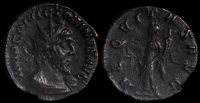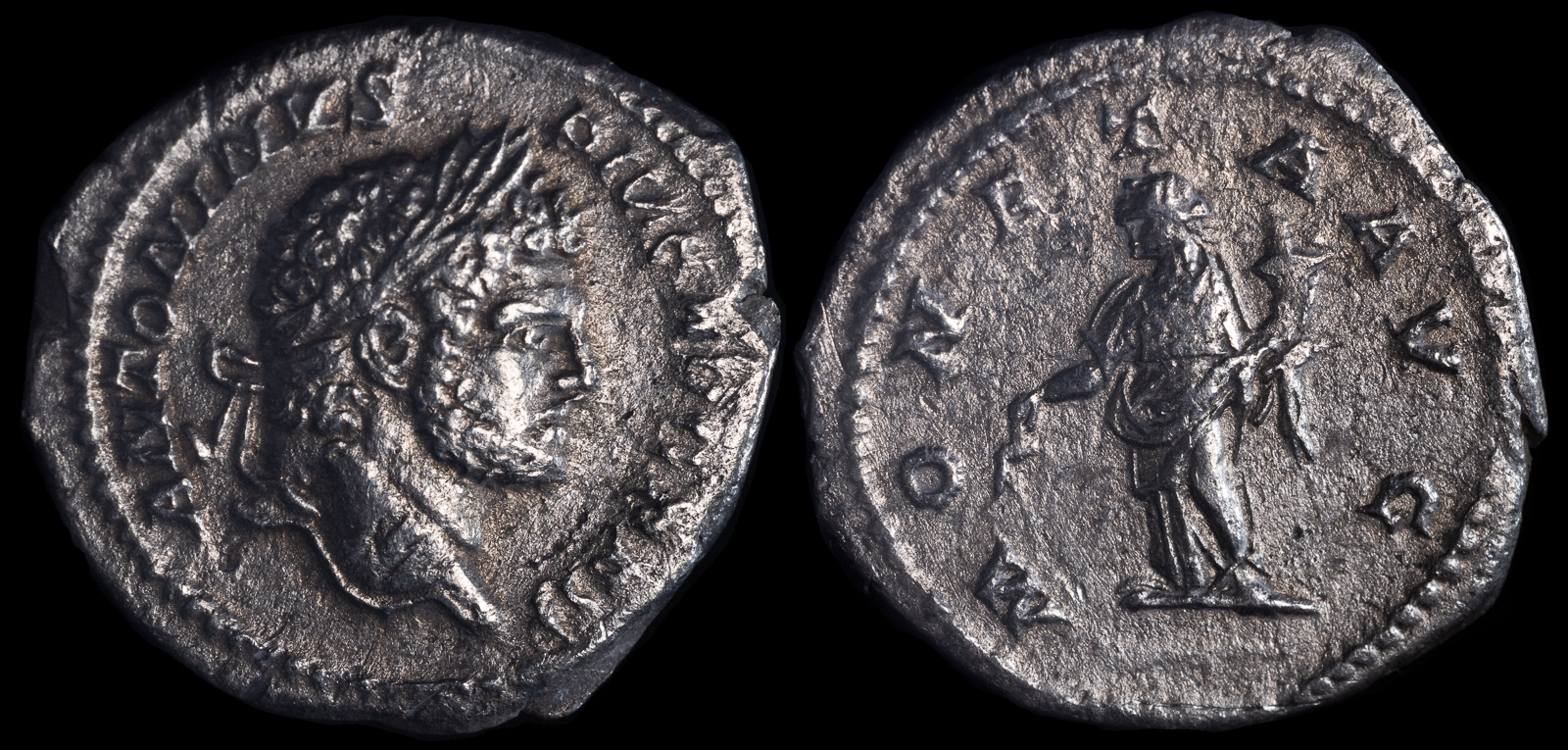Scale
View All Tags
The depiction of scales on ancient Roman coinage carries significant symbolism, particularly in relation to the values of justice, fairness, and balance. Scales were commonly used as an emblem of the goddess Justitia, the personification of justice, who was often depicted holding a pair of scales to symbolize the weighing of evidence in legal matters. In Roman society, where law and governance played a pivotal role, scales on coins often served to emphasize the importance of equitable rule and the fair administration of justice. The presence of scales on a coin could thus be interpreted as a reminder of the ruler’s commitment to upholding law and order in their realm.
Additionally, scales on Roman coinage were sometimes used to represent financial balance or stability. During periods of economic turmoil, coinage featuring scales could be issued to signify the restoration or maintenance of economic fairness and equilibrium. This could also be a statement about the balance between the wealth of the state and the needs of its citizens, suggesting that the ruler was attentive to ensuring that prosperity was fairly distributed across the empire. In this context, the scales became a symbol of fiscal responsibility and good governance.

Caracalla 198-217 CE

Kalchedon, 340-320 BCE

Septimius Severus 193-211 CE

Vabalathus 272 CE

Victorinus 269 CE

Volusian 251-253 CE
